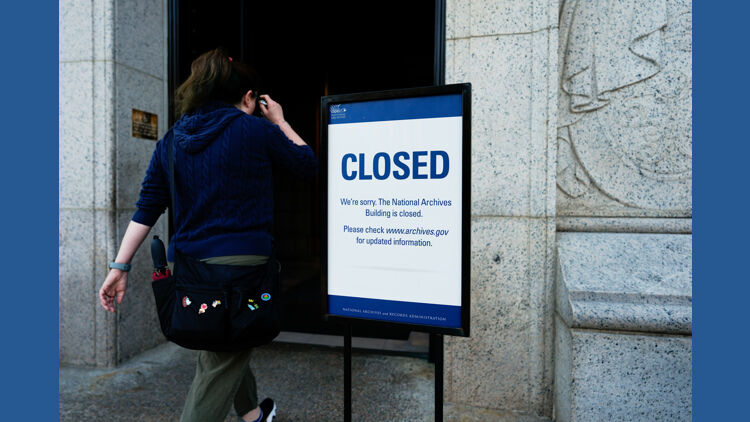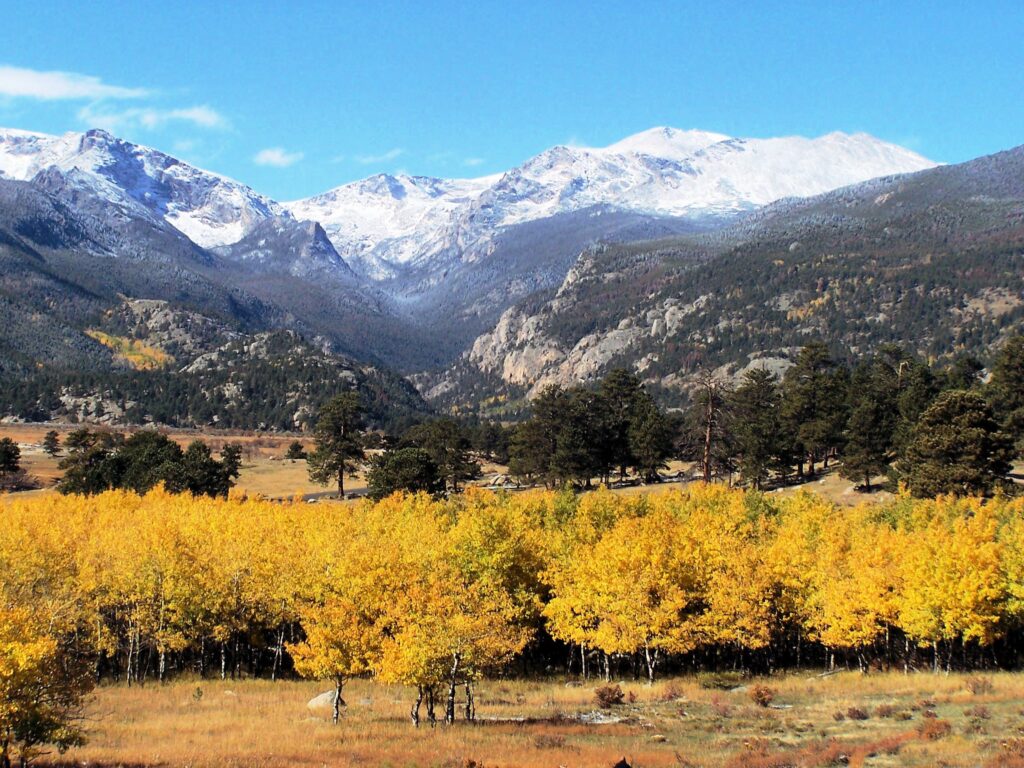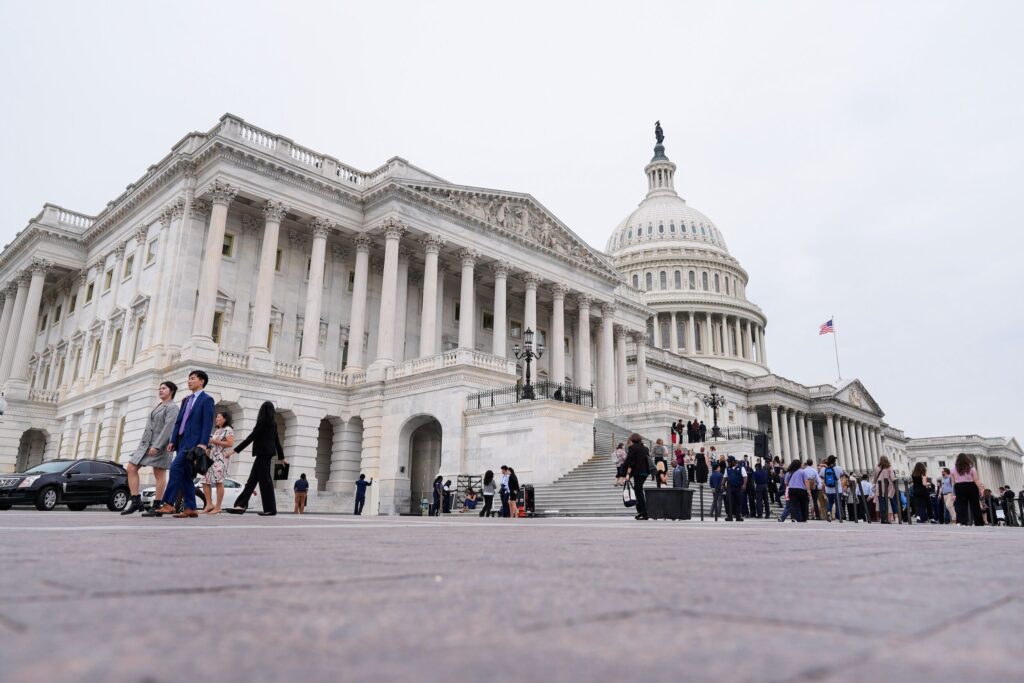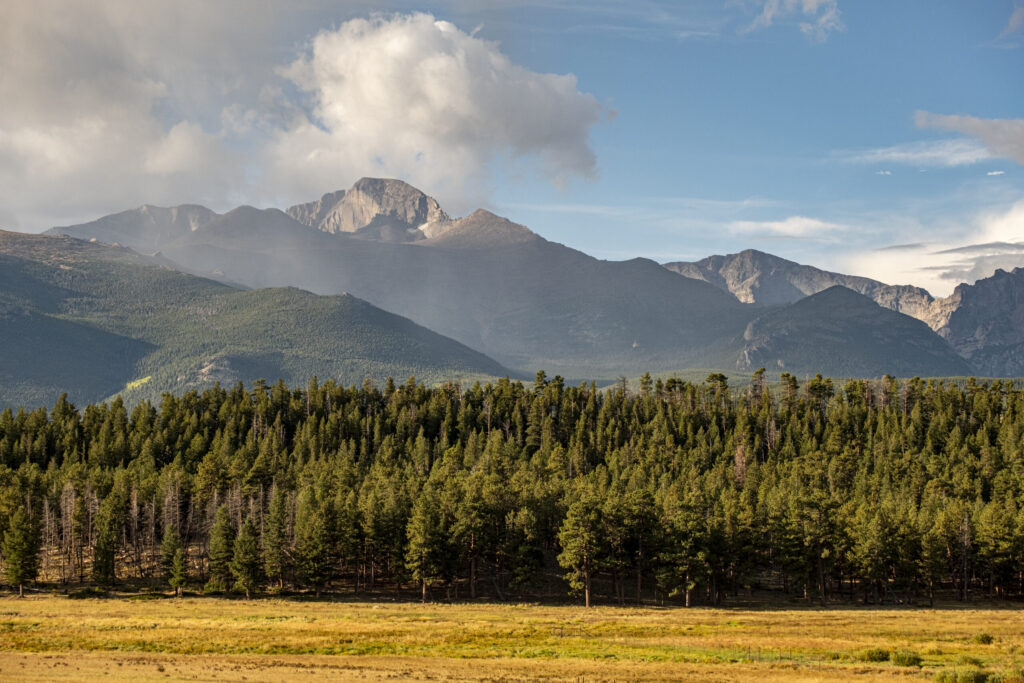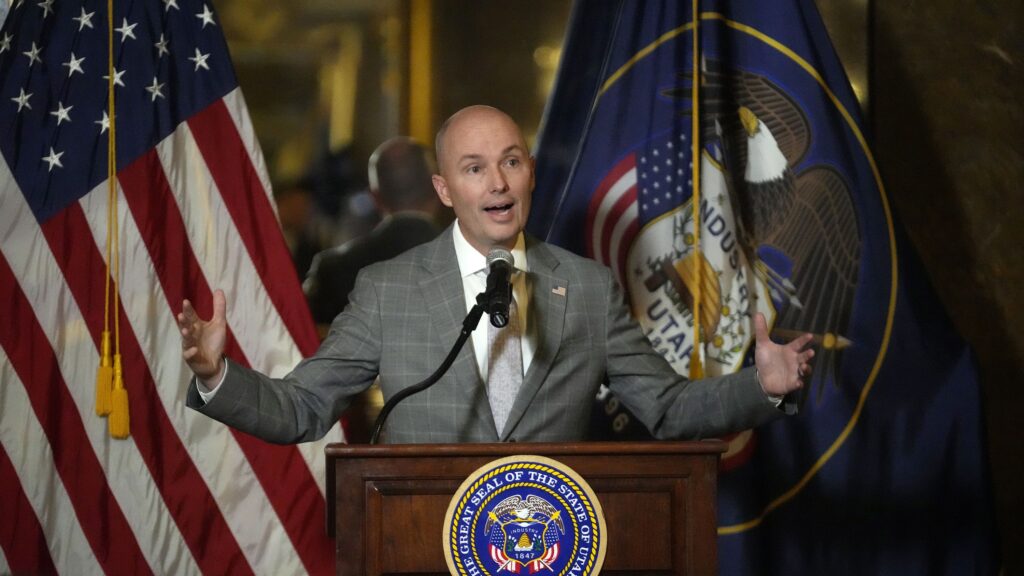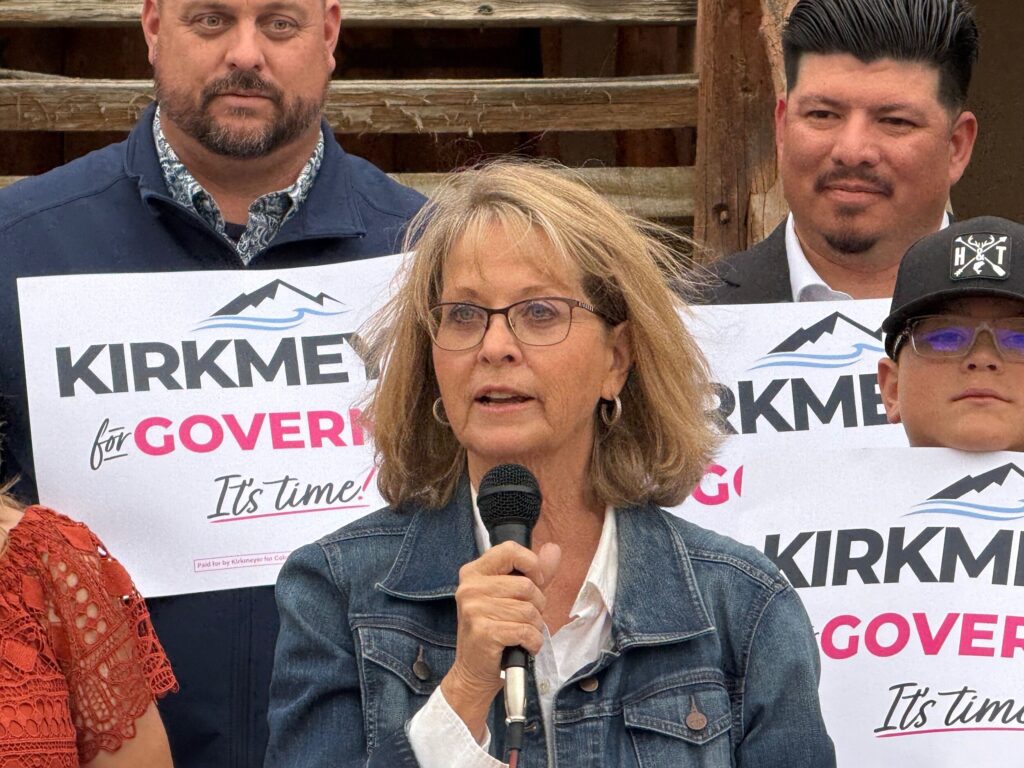U.S. Supreme Court overturns EPA Clean Power Plan, Polis says ruling won’t affect Colorado
The U.S. Supreme Court on Thursday curbed the Environmental Protection Agency’s authority to regulate greenhouse emissions from power plants, concluding that an anti-pollution law does not grant broad new powers to the agency.
But Gov. Jared Polis said the ruling would not have any effect in Colorado.
“Colorado has already locked in the closure of Colorado’s coal plants no later than 2031,” Polis said. “But today’s Supreme Court decision does narrow the ability of the federal government to take common sense steps to protect the air we breathe, so state leadership is now more important than ever.”
Democrats at Colorado’s state Capitol echoed Polis’ sentiment, noting laws they enacted in the last few years that seek to transition energy use away from fossil fuel.
Polis signs $15M bill to fund transition efforts for coal, power workers
Critics say the EPA’s Clean Power Plan would have forced coal-fired and natural gas power plants to shut down, costing Americans thousands of jobs and billions of dollars. In his concurring opinion, Justice Neil Gorsuch cited industry analysts as estimating the carbon rule would cause consumers’ electricity costs to rise by “over $200 billion.”
U.S. Rep. Lauren Boebert, a Republican from Colorado’s 3rd Congressional District, celebrated the ruling, saying it returned policy making to people’s representatives, instead of keeping it in the hands of “unaccountable bureaucrats.”
“Good riddance to the EPA’s Green New Deal-like executive mandates,” she said. “We are facing the most pressing energy crisis since Jimmy Carter, yet the Biden regime is more focused on shutting down American energy production than delivering reliable, affordable energy to keep the lights on and gas prices low.”
She added: “Climate ideologues are out-of-touch with the American people, and I am grateful that their war on coal was found unconstitutional.”
Supporters of the carbon rule argue it is necessary to combat climate change, a key plank of the Biden administration.
The EPA’s view is that Congress “implicitly tasked it, and it alone, with balancing the many vital considerations of national policy implicated in the basic regulation of how Americans get their energy.”
“There is little reason to think Congress did so,” the court concluded.
Federal officials to review deaths at Pueblo’s Comanche Generating Station
Chief Justice John Roberts, writing for the 6-3 majority, said capping carbon dioxide emissions at a level that “will force a nationwide transition away from the use of coal to generate electricity may be a sensible ‘solution to the crisis of the day.’”
But, he argued, a decision of “such magnitude and consequence rests with Congress itself, or an agency acting pursuant to a clear delegation from that representative body.”
Carbon plan supporters decried the decision.
In a statement, U.S. Sen. Michael Bennet said, “(T)he Supreme Court’s decision to hamstring the EPA is judicial malpractice.”
“This ruling severely limits EPA’s ability to keep our air and water clean and will leave communities more vulnerable to pollution and climate change,” he said.
Created in 2015 under the Obama administration, the Clean Power Plan claimed authority for the EPA to regulate carbon dioxide as an air pollutant by authorizing it to fundamentally change how electric power is generated in the U.S.
A pre-existing Clean Air Act statute that regulated emissions of existing power plants limited the EPA to finding an achievable method or technology that could result in lower emissions from an individual power plant and then setting the emission cap for that plant based on that technology.
The EPA, however, decided the statute allowed it to effectively create a nationwide standard for best practices with respect to coal and gas emissions that applied to all plants, and it set emissions limits that the court found “so strict that no existing coal plant would have been able to achieve them”
“The point, after all, was to compel the transfer of power generating capacity from existing sources to wind and solar,” said Roberts, a goal the chief justice said the EPA and the White House admitted was their intent.
The Supreme Court quickly enjoined the carbon rule, and it went through a series of court proceedings and two changes of administration. President Donald Trump issued an executive order, quashing the rule, while President Joe Biden reinstated it.
PUC allows Xcel to recover $500 million from customers for Winter Storm Uri fuel costs
In 2019, the EPA itself decided to repeal the carbon plan and replaced it with the Affordable Clean Energy rule, which critics also challenged.
On Jan. 19, 2021, the D.C. Court of Appeals ruled that neither the new rule nor the old one could be repealed. A flurry of legal action followed, with parties on both sides objecting, before the Supreme Court took up the case.
The core question for the Supreme Court was whether the EPA’s expansion of its regulatory authority – it went from determining emission limits and best practices for individual power plants to a much broader authority to effectively create a national standard for generating sources – is constitutional.
The court said the regulatory authority “newly uncovered” by the EPA in one section of the Clean Air Act “conveniently enabled it to enact a program, namely, cap-and-trade for carbon, that Congress had already considered and rejected numerous times.”
The court said EPA’s interpretation is unconstitutional because such a broad expansion of regulatory authority falls under the major questions doctrine, which says that, where broad authority is claimed by an administrative agency, “courts expect Congress to speak clearly if it wishes to assign to an agency decision of vast economic and political significance.”
In a dissent, Justice Elena Kagan wrote that the decision strips the EPA of the power Congress gave it to respond to “the most pressing environmental challenge of our time.”
Kagan said the stakes in the case are high. She said, “The Court appoints itself—instead of Congress or the expert agency—the decision maker on climate policy. I cannot think of many things more frightening.”
Nineteen mostly Republican-led states and coal companies led the fight at the Supreme Court against broad EPA authority to regulate carbon output.
The Associated Press contributed to this report.


